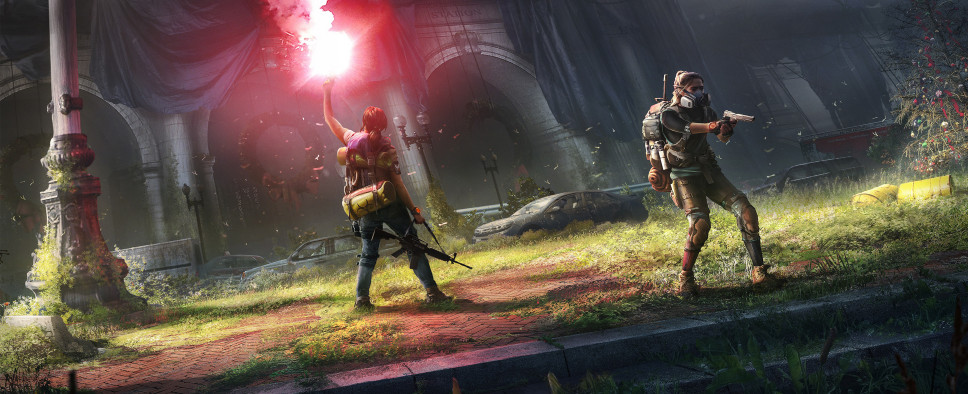Tom Clancy's The Division 2 - Making Enemies Tougher and Friendlies Smarter
-
Category: News ArchiveHits: 1379

When it comes to AI, the developers behind Tom Clancy's The Division 2 tried to improve upon the game's predecessor by diversifying its enemies, making encounters more challenging, and making its friendly NPCs smarter and more responsive. The game's lead AI designer Drew Rechner and lead AI programmer Philip Dunstan share some details on how they brought that vision to fruition in this article on Ubisfot's website. A few sample paragraphs:
DIVERSIFYING FACTIONS
"The beauty of our game is you can build your character through your gear and through your playstyle, through your weapon, all that kind of stuff. We really wanted to support different approaches in a better way than we managed in The Division," says Rechner. "And a big aspect of that is the AI and the way that they behave. So we wanted a lot more diversity in how they push you, and how they retreat, and how they flank, and how they use space, all of those things. We're trying to challenge the player in all these different ways, so they can counter-play against it in different ways."
In order to differentiate the four factions – Hyenas, True Sons, Outcasts, and Black Tusk – the team developed four traits; each faction was rated on their Aggression, Organization, Training, and Tech. In the Aggression trait, for example, a faction can either be aggressive or defensive. Aggressive factions want to close in on you over the course of the fight, so they will reposition and advance more quickly, circle you when they get close, and fire for longer, uninterrupted periods. Defensive factions, on the other hand, prefer to fan out and engage you at a comfortable range; they won't reposition as often, and will shoot in shorter, less-exposed bursts.
These traits come through clearly in-game, as anyone who has gone from fighting the aggressive, rush-happy Hyenas to the defensive, wide-flanking True Sons can attest. And while the Hyenas and Outcasts are both aggressive factions, being pressured by the organized Outcasts is a startling change compared to the disorganized Hyenas. Enemies are further diversified through increased archetype differentiation; which is to say, a sniper for the True Sons (uses a Marksman rifle, can go prone) will threaten the player in a different way than a sniper from the Outcasts (uses a compound bow, fires explosive arrows).
This variety is especially valuable given The Division 2's emphasis on the depth and longevity of the endgame. Factions in The Division represented tiers of difficulty; this was good for increasing the challenge over the course of the campaign, but not as good when players reached the endgame and the LMB was the only faction complex enough to really challenge them. In The Division 2, "A lot of the changes we made are so people can get enjoyment out of replaying against the AI," notes Dunstan. "Using those traits, and differentiating the enemy factions by their style of combat, really helped us counterbalance the pluses and minuses to keep the factions at kind of the same level," elaborates Rechner. "That means we can put them all at the end of the game, and the players can still have all this variety."

